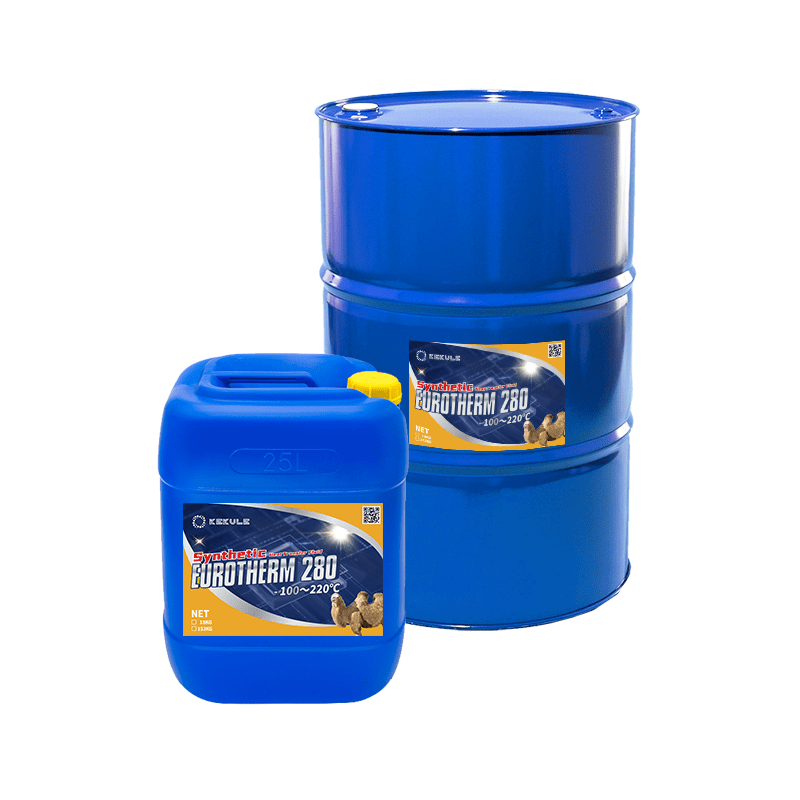Exploring Dielectric Cooling Fluid: Crucial Properties and Applications in Power Equipment
Wiki Article
Optimize Your System's Lifespan With the Right Heat Transfer Fluid
Selecting the suitable warmth transfer liquid is essential for enhancing system efficiency and durability. Recognizing the numerous kinds of warmth transfer fluids and the particular demands of your application can substantially affect the general health and wellness of your system.Value of Heat Transfer Fluids

In addition, warm transfer fluids add to the security and integrity of thermal systems. In addition, the right warm transfer liquid can give defense versus corrosion and scaling, additional extending the life expectancy of machinery and infrastructure.
Types of Heat Transfer Fluids
Numerous sorts of warmth transfer liquids are frequently used in industrial applications, each tailored to specific functional needs and temperature level varieties. The most widespread groups consist of water, oils, and specialized synthetic fluids.Water is typically employed due to its superb thermal conductivity and accessibility; nevertheless, its limitations emerge at heats and prospective cold conditions. For higher temperature level applications, thermal oils, such as mineral oils or organic compounds, are made use of. These oils offer exceptional thermal security and can operate efficiently at elevated temperatures, making them ideal for procedures like food processing and petrochemical manufacturing.
Artificial fluids, which can be either not natural or organic, are designed to fulfill particular efficiency requirements. They frequently exhibit boosted buildings such as low poisoning, large temperature level varieties, and resistance to oxidation. Instances include esters and glycols, which are suitable for specialized applications like solar thermal systems and warmth exchangers.
In addition, refrigerants are used in cooling systems, leveraging their stage adjustment buildings to launch and take in warm effectively. Each sort of heat transfer liquid provides distinctive benefits and is picked based on the certain requirements of the application, guaranteeing ideal efficiency and system durability.
Variables to Take Into Consideration When Selecting
Choosing the appropriate heat transfer fluid entails mindful factor to consider of several aspects to ensure ideal efficiency and system performance. Among the primary elements is the temperature variety needed for the system. Fluids differ in their thermal security and can lose or disintegrate performance outside details temperature level limits.Another crucial consideration is the fluid's thickness, as it influences pump efficiency and energy usage. A liquid that is also thick may impede flow and increase functional costs. Additionally, the liquid's details warm capability plays an important role in identifying how effectively it can transfer heat.
Chemical compatibility with system products is additionally necessary to stop rust, degradation, or leakages - dielectric cooling fluid. Making sure that the chosen fluid is compatible with the construction products can prolong the lifespan of the system

Benefits of Appropriate Fluid Selection
Appropriate choice of a warmth transfer fluid yields considerable benefits for system performance and reliability. The appropriate fluid enhances thermal conductivity, making sure optimum warmth transfer rates within the system. This efficiency reduces power intake, bring about lower functional prices and a lowered ecological footprint.
Additionally, appropriate liquid option adds to system long life by preventing corrosion and deterioration of elements. Liquids created with corrosion preventions protect steel surface areas, thereby extending the life expectancy of pumps, pipes, and warm exchangers. Furthermore, picking a liquid with ideal thickness makes certain reliable circulation, which is essential for keeping regular temperature level circulation throughout the system.
One more crucial benefit is the fluid's thermal security. A secure warm transfer fluid can operate over a wide temperature level variety without breaking down or losing performance, which is crucial for systems revealed to changing thermal conditions. Additionally, the appropriate liquid can additionally alleviate risks associated with cold or boiling, thus avoiding operational disruptions.
Maintenance Tips for Long Life
Guaranteeing the durability of a warm his comment is here transfer system calls for attentive maintenance techniques that match the advantages of appropriate liquid choice. Regular examinations are vital to determine possible leaks, deterioration, or sediment accumulation that could compromise system efficiency. Develop a routine timetable to assess pipe honesty, connections, and installations, as these locations are commonly susceptible to wear and tear.
Monitoring fluid levels and quality is equally important. Consistently check for signs of contamination, such as staining or particle issue, which can show destruction of the warmth transfer liquid. Applying routine liquid pop over here evaluation can supply insights right into its chemical homes, enabling timely substitutes when necessary.
In addition, keeping optimum operating temperature levels is vital. Encourage the usage of temperature level controls and sensing units to prevent overheating, which can accelerate fluid destruction and damages system elements.
Lastly, always follow the supplier's standards relating to fluid replacement periods and maintenance protocols. By devoting to these ideal methods, you can substantially enhance the operational life-span of your warm transfer system, ensuring dependable efficiency and minimizing the requirement for pricey repair services or premature substitutes.
Verdict
In verdict, the selection of a proper warmth transfer fluid is important for boosting system efficiency and durability. By comprehending the numerous types of liquids and considering crucial variables such as thermal conductivity and corrosion resistance, optimal performance can be accomplished.Warmth transfer liquids play an important function in numerous industrial and commercial applications by helping with the effective transfer of warmth in between surface areas.Moreover, heat transfer fluids contribute to the safety and reliability of thermal systems. In addition, the liquid's details warmth ability plays an important function in figuring out exactly how successfully it can move heat.
The best fluid enhances thermal conductivity, ensuring optimal warmth transfer rates moved here within the system. A stable warmth transfer liquid can run over a large temperature variety without breaking down or losing efficiency, which is essential for systems exposed to fluctuating thermal problems.
Report this wiki page